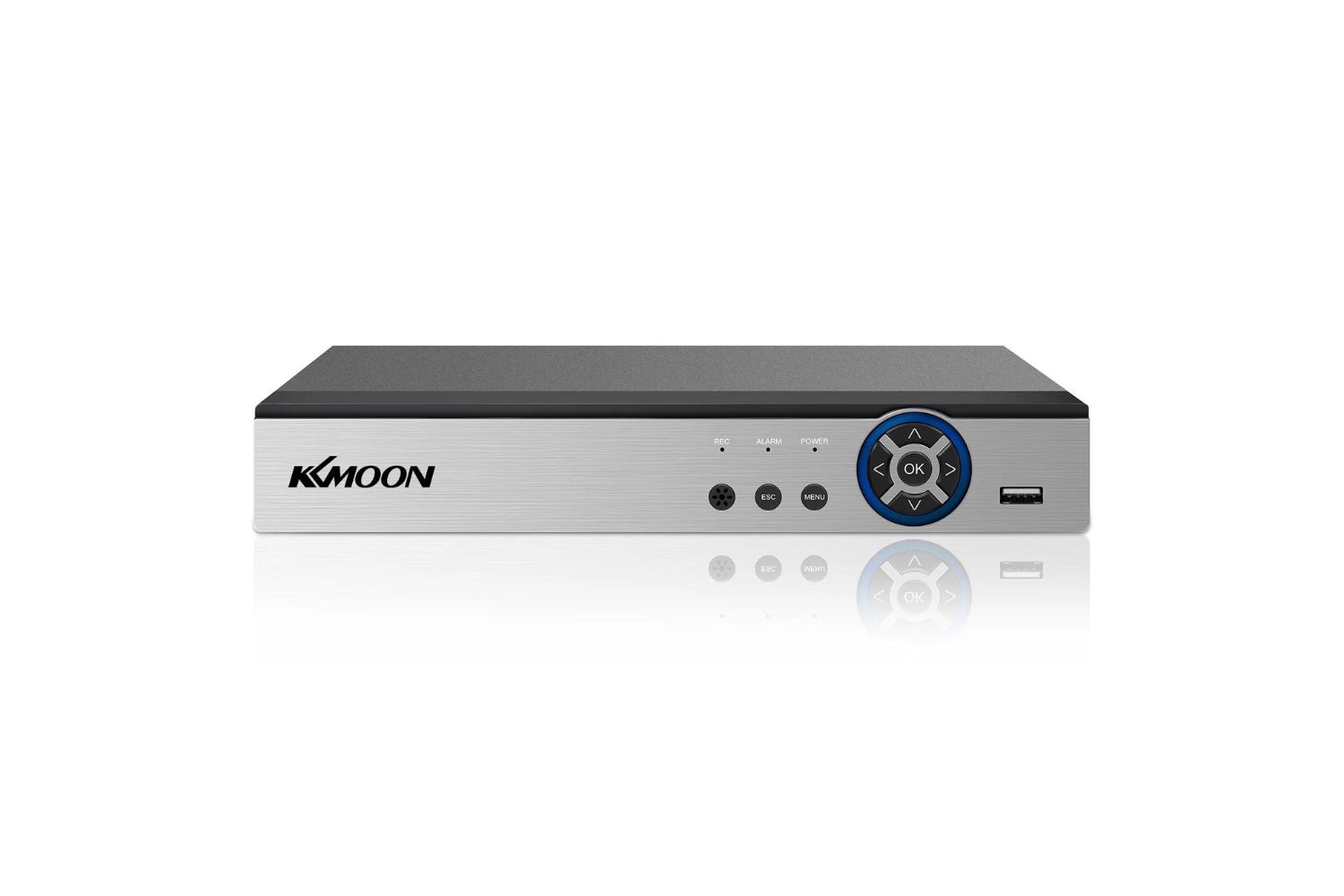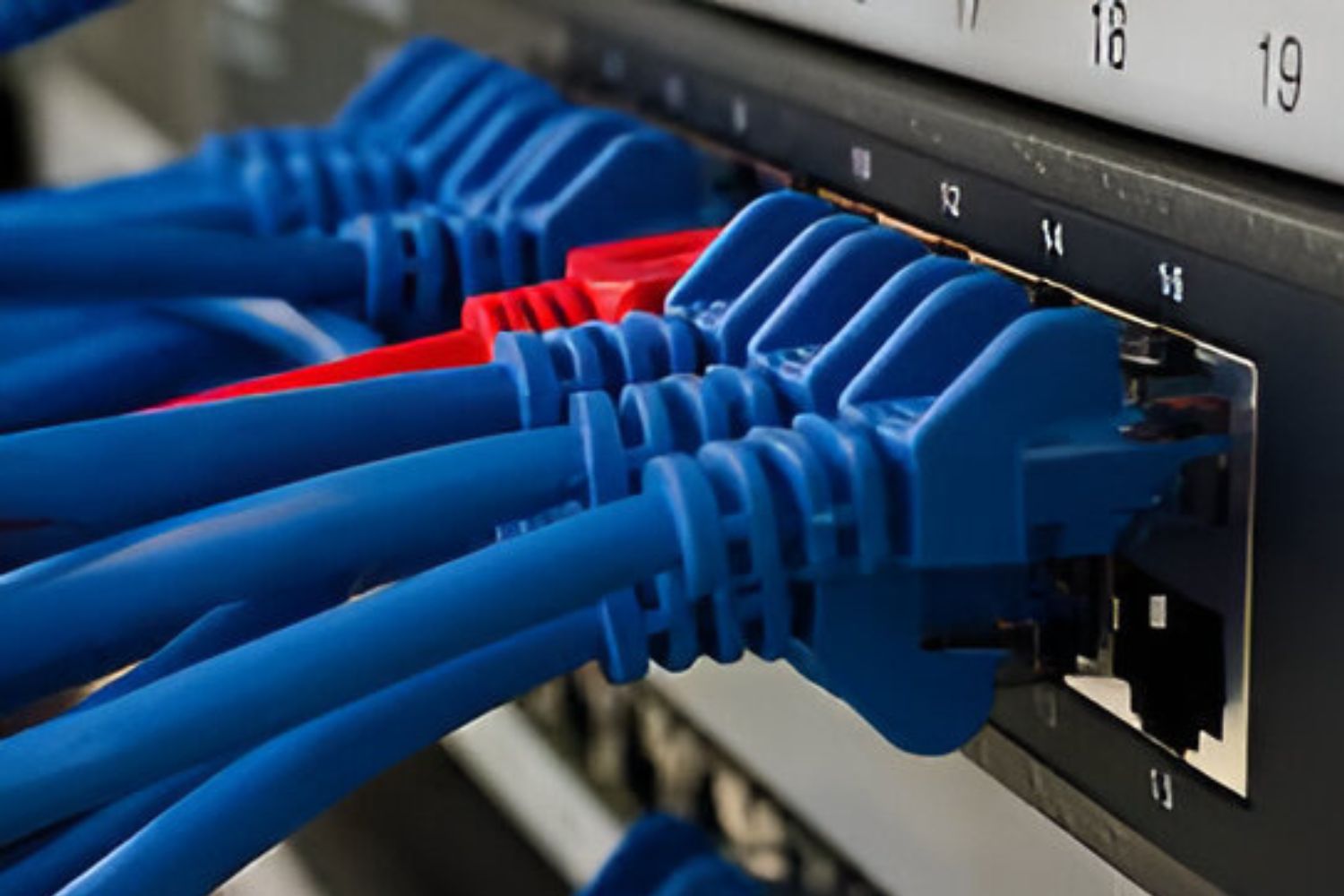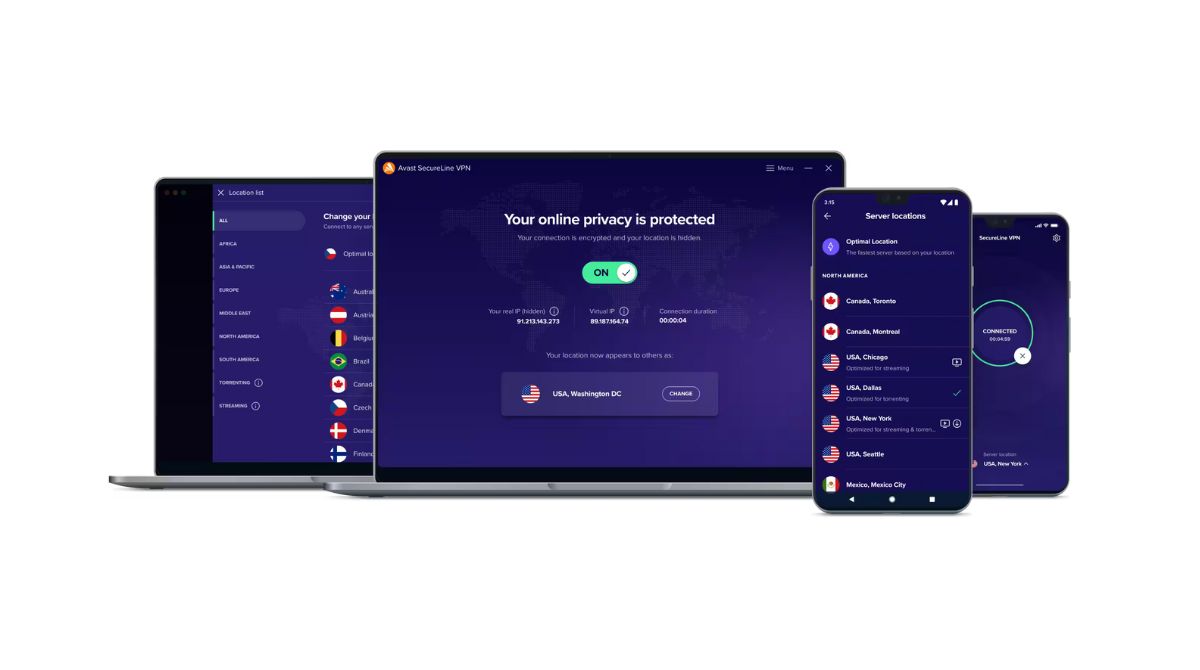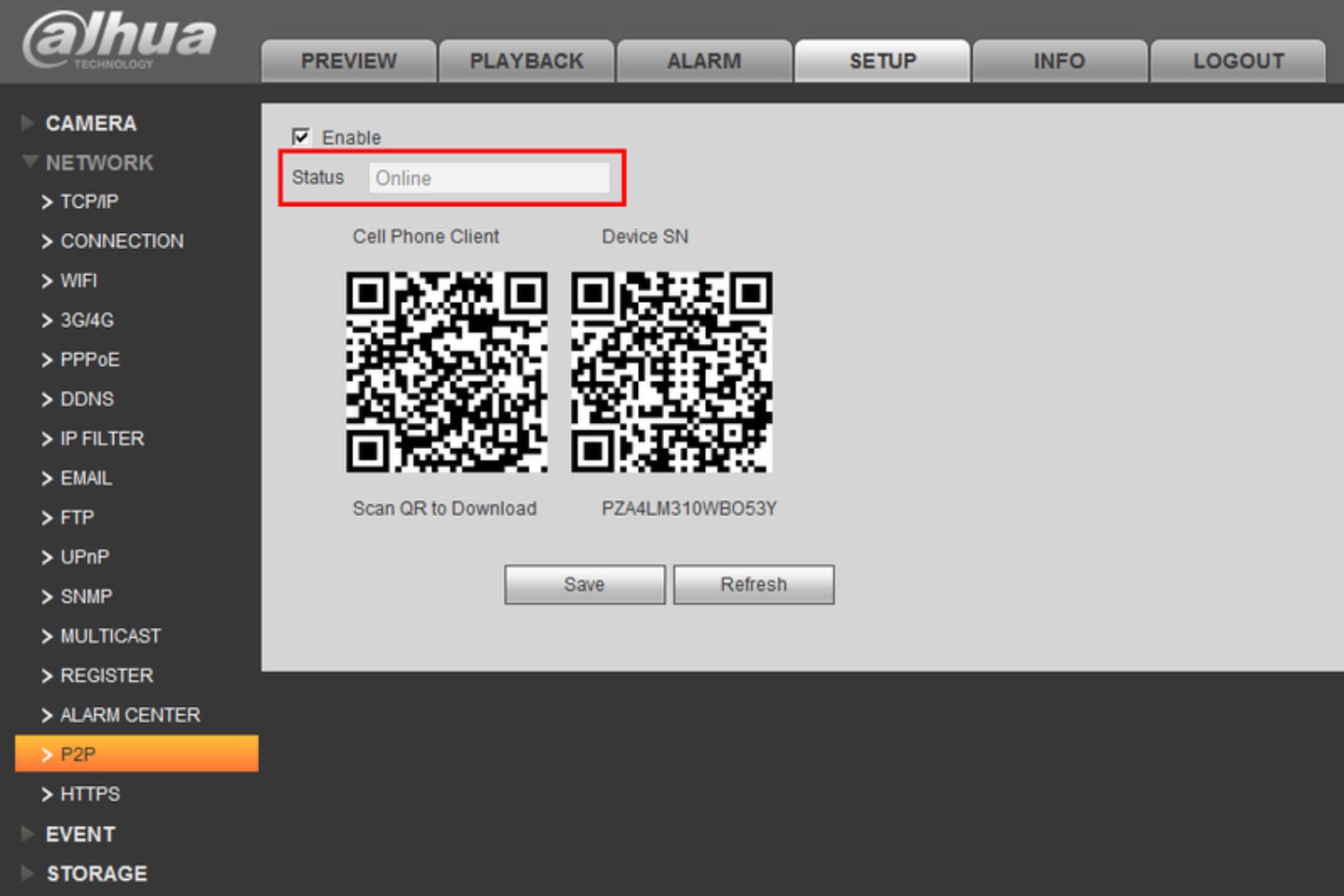What is P2P Streaming?
P2P streaming, or Peer-to-Peer streaming, is a method of distributing audio and video content over the internet. Unlike traditional streaming models where content is delivered from a central server to multiple users, P2P streaming allows users to share and receive content directly from each other’s devices. This decentralized approach has gained popularity in recent years due to its ability to handle high traffic loads and offer cost-effective streaming solutions.
In P2P streaming, each user participating in the network is both a consumer and a supplier of content. When a user wants to watch a video or listen to audio, they can connect to the P2P network and access content stored on multiple devices rather than relying on a single server. This peer-to-peer sharing of content not only reduces the strain on individual servers but also enhances the overall streaming experience, as it allows for faster load times and smoother playback even during peak usage periods.
One notable feature of P2P streaming is its ability to scale with the number of participants. As more users join the network, the amount of available content also increases, resulting in improved download speeds and a wider variety of media to choose from. Additionally, P2P streaming can be particularly effective for live streaming events, as the distribution of content is spread across multiple participants, reducing the risk of server overload and ensuring uninterrupted playback.
P2P streaming has revolutionized the way we consume media on the internet. It has facilitated the rise of popular streaming platforms and has empowered users to share their own content easily. By harnessing the power of decentralized networks, P2P streaming offers a flexible and efficient solution for delivering high-quality media to a global audience.
Benefits of P2P Streaming
P2P streaming offers several advantages over traditional streaming models. Let’s explore some of the key benefits:
- Scalability: P2P streaming can handle high traffic loads by distributing content across multiple users. As more participants join the network, the system becomes more robust and can deliver content efficiently, ensuring a seamless streaming experience.
- Cost-effectiveness: By leveraging the computing resources of users in the network, P2P streaming reduces the need for costly dedicated servers. This lowers infrastructure costs and makes streaming more accessible for content providers of all sizes.
- Improved Speed: With P2P streaming, content is sourced from multiple devices, allowing for faster downloads and reduced buffering. This is especially beneficial for high-definition video streaming and live events where users expect real-time playback.
- Reliability: The decentralized nature of P2P streaming ensures that if one source becomes unavailable, content can still be acquired from other participants. This redundancy enhances the reliability of the streaming experience and reduces the risk of interruptions.
- Global Reach: P2P streaming connects users from different geographical locations, enabling faster content delivery to regions with limited server infrastructure. This facilitates a broader outreach for content providers and improves the viewer experience worldwide.
- Community Participation: P2P streaming fosters a sense of community among users as they actively contribute their resources to the network. This collaborative approach promotes content sharing and encourages engagement among participants.
By harnessing the power of peer-to-peer technology, P2P streaming transforms the way we consume and distribute media. It offers scalability, cost-effectiveness, improved speed, reliability, global reach, and community participation. These benefits have made P2P streaming an increasingly popular choice for content providers and users alike.
How Does P2P Streaming Work?
P2P streaming operates on a distributed network architecture, where participants, also known as peers, share and receive content directly from each other’s devices. Let’s explore the process of how P2P streaming works:
- Client Connection: A user who wants to stream content connects to a P2P streaming network using specialized software or a web application. The client establishes a connection with other participants in the network to access and share content.
- Content Discovery: The client sends a search request to find the desired media content. The request is propagated through the network, and other participants respond with information about the availability and location of the content.
- Content Retrieval: The client selects the desired content source based on factors such as download speed and reliability. It then initiates a connection with the chosen peer and begins downloading the media file in small fragments or chunks.
- Chunk Exchange: As the client receives chunks of the media file, it simultaneously uploads those chunks to other peers in the network. This sharing mechanism ensures that other participants can access the content as well.
- Playback: Once a sufficient number of chunks have been downloaded, the client begins playing the media file. It continues to download and upload chunks in parallel, ensuring a continuous streaming experience.
- Dynamic Adaptation: P2P streaming systems often incorporate dynamic adaptation techniques to optimize the streaming experience. These techniques include adjusting the number of simultaneous connections, prioritizing reliable sources, and adapting chunk selection based on network conditions.
By leveraging the combined resources of participants in the network, P2P streaming eliminates the reliance on a single server and distributes the workload across multiple devices. This distributed architecture enhances the scalability, speed, and reliability of the streaming process, resulting in an efficient and seamless streaming experience for users.
Choosing the Right P2P Streaming Protocol
When implementing P2P streaming, it is essential to choose the right protocol that suits your specific needs. Different protocols offer varying features, functionalities, and levels of performance. Here are some factors to consider when selecting a P2P streaming protocol:
- Reliability: Look for a protocol that offers reliable content delivery. It should have mechanisms in place to handle issues such as lost or unavailable chunks, ensuring that users can still access the content even in less-than-ideal network conditions.
- Scalability: Consider the protocol’s ability to scale as the number of participants in the network increases. Scalable protocols can efficiently distribute content without sacrificing performance, even in networks with a high number of users.
- Efficiency: Evaluate the protocol’s efficiency in terms of bandwidth usage and resource utilization. An efficient protocol optimizes data transfer, reducing the overall network load and minimizing the impact on individual users’ devices.
- Security: Ensure that the protocol includes security measures to protect against unauthorized access, content tampering, and data breaches. Look for features such as encryption and authentication to safeguard the integrity and privacy of the streaming content.
- Compatibility: Consider the compatibility of the protocol with different devices, operating systems, and streaming platforms. It should support a wide range of client devices to ensure seamless playback across various systems and improve accessibility for users.
- Community Support: Evaluate the protocol’s community support, documentation, and available resources. Protocols with an active community of developers and users often have better support, updates, and troubleshooting assistance.
Some popular P2P streaming protocols include BitTorrent, WebRTC, and DASH-IF P2P. Each protocol offers unique features and advantages, so it is crucial to assess your requirements and choose the one that aligns with your streaming goals and infrastructure.
Before finalizing a protocol, consider performing tests and trials to assess its performance in your specific use case. This will help you gauge the protocol’s efficiency, reliability, and scalability before implementing it in your streaming ecosystem.
Setting Up P2P Streaming on Your Device
If you’re interested in utilizing P2P streaming on your device, follow these steps to get started:
- Choose P2P Streaming Software: Select a P2P streaming software or application that supports your desired protocol. Popular options include BitTorrent clients like uTorrent or Vuze, as well as media players with built-in P2P streaming capabilities.
- Install the Software: Download and install the chosen P2P streaming software on your device. Be sure to download from reputable sources to ensure the software is safe and free from malware.
- Configure Network Settings: Configure your network settings to allow incoming connections and ensure that your device is accessible to other peers in the P2P network. Consult the software’s documentation or support resources for specific instructions on network configuration.
- Select Content: Choose the media content you want to stream. This can be a file you’ve downloaded or a live streaming event you wish to join. Ensure that the content is compatible with the P2P streaming software you’re using.
- Connect to the P2P Network: Launch the P2P streaming software and connect to the P2P network associated with your chosen content. This will allow you to discover and access peers that have the content you want to stream.
- Search and Select Sources: Use the software’s search or discovery function to find the desired content. Once located, select the appropriate source that offers the best download speed, reliability, and availability.
- Start Streaming: After selecting a source, the software will begin downloading and streaming the content. Enjoy smooth playback as the software continues to download and upload chunks from/to other peers in the network.
- Monitor and Adjust: Monitor the streaming process and adjust settings as needed. Some software allows you to modify download/upload speed limits, prioritize certain sources, or configure other streaming preferences.
Remember to keep your P2P streaming software up to date, as updates may include important bug fixes, security enhancements, and new features. Additionally, exercise caution when downloading and streaming content from unknown sources to protect your device and ensure a safe streaming experience.
By following these steps, you can successfully set up P2P streaming on your device and enjoy the benefits of decentralized content sharing and faster streaming speeds.
Configuring P2P Streaming Software
Once you have installed a P2P streaming software on your device, it’s important to properly configure it to optimize your streaming experience. Here are some key configurations to consider:
- Bandwidth Allocation: Adjust the bandwidth allocation settings in the software to ensure a smooth streaming experience. You can set limits on the upload and download speeds to prevent the software from consuming too much of your network bandwidth.
- Connection Settings: Configure the number of connections allowed by the software. Increasing the number of connections can enhance your download speeds, but be mindful of your device’s resources and the impact it may have on other applications running simultaneously.
- Port Forwarding: Enable port forwarding in your P2P streaming software to allow incoming connections from other peers. This step ensures that you can actively participate in the P2P network and contribute to the sharing of content.
- Security Settings: Review and configure the security settings in the software. If available, enable encryption to protect your data and help ensure that only trusted peers can access your content.
- Configure Media Player: If your P2P streaming software is integrated with a media player, check the player settings to customize your streaming experience. You may have options to adjust video quality, subtitle settings, audio preferences, and more.
- Manage Downloads: Familiarize yourself with the download management features of the software. You may have the ability to prioritize certain downloads, pause or resume downloads, and monitor the progress of ongoing downloads.
- Exclusion List: Use the exclusion list feature to block specific IP addresses or sources that you don’t want to connect to or download from. This can be useful to avoid sources that are known to provide low-quality content or have a history of problematic connections.
- Update Settings: Configure the software to automatically check for updates. Keeping your P2P streaming software up to date ensures you have the latest bug fixes, security enhancements, and new features.
Take the time to explore the configuration options provided by your P2P streaming software. Understand the impact each setting has on your streaming experience and adjust them to meet your preferences and network capabilities. Additionally, consult the software’s documentation or support resources for specific instructions and best practices regarding configuration.
By properly configuring your P2P streaming software, you can maximize the efficiency, security, and overall performance of your streaming activities.
Troubleshooting P2P Streaming Issues
While P2P streaming can offer many benefits, it may sometimes encounter issues that can affect the quality and reliability of your streaming experience. Here are some common troubleshooting steps to help address P2P streaming issues:
- Network Connectivity: Verify that you have a stable internet connection. Check if other websites and online services are accessible to rule out any network-related issues.
- Firewall and Router Settings: Ensure that your firewall and router settings are not blocking the P2P streaming software from connecting to the necessary ports or protocols. Configure your firewall and router to allow incoming and outgoing connections related to your P2P streaming activities.
- NAT Traversal: If you’re experiencing connection issues, enable NAT traversal options in your P2P streaming software. NAT traversal helps establish connections in situations where both peers are behind firewalls or routers.
- Bandwidth Limitations: Check if your internet service provider (ISP) has imposed any bandwidth limitations or throttling on P2P traffic. Contact your ISP to inquire about any potential restrictions that might affect your streaming experience.
- Source Availability: If you’re unable to find or connect to sources for a particular piece of content, it may indicate that there are limited or no active participants sharing that specific content. Try searching for alternative sources or content that is more readily available.
- Software Updates: Ensure that both your P2P streaming software and media player are up to date. Outdated software can lead to compatibility issues or bugs that could impact your streaming experience. Check for and install any available updates.
- Peer Trustworthiness: Verify the reputation and trustworthiness of the sources you connect to within the P2P network. Avoid sources that are known for providing low-quality or potentially harmful content. Utilize community feedback or user ratings to make informed decisions.
- Hardware Performance: Consider the performance of your device when streaming P2P content. Insufficient hardware resources, such as low RAM or processing power, can result in buffering issues or slow download speeds. Upgrade your hardware if necessary.
- Data Corruption: In cases where the downloaded content is corrupted or incomplete, try deleting the partially downloaded file and restarting the download from a different source. Corrupted files can lead to playback issues or unexpected errors.
- Streaming Preferences: Check your software’s settings to ensure that your streaming preferences are properly configured. Adjust options such as video quality, download/upload speed limits, and peer connection limits based on your network capabilities and desired streaming experience.
If you continue to experience issues with P2P streaming, consult the documentation or support resources provided by your software or seek assistance from online forums or communities dedicated to P2P streaming. They may offer specific solutions or insights into common issues encountered by users.
Troubleshooting P2P streaming issues requires patience and an understanding of the underlying technology. By following these troubleshooting steps and seeking assistance when needed, you can resolve most common issues and enjoy a seamless streaming experience.
Best Practices for P2P Streaming
To optimize your P2P streaming experience and ensure smooth playback, consider implementing the following best practices:
- Choose Reputable Sources: Select sources that are known for providing high-quality, reliable content. Read user reviews or check ratings to ensure that the sources you connect to are trustworthy and offer a satisfactory streaming experience.
- Participate Actively: Contribute to the P2P network by allowing your device to upload content as you stream. This enhances the network’s overall performance and ensures a fair sharing of resources among participants.
- Maintain Up-to-Date Software: Regularly update your P2P streaming software and media player to gain access to the latest features, bug fixes, and security updates. Staying up to date helps prevent compatibility issues and ensures optimal performance.
- Consider Bandwidth Limitations: Be mindful of your internet connection capabilities and any data caps or bandwidth limitations imposed by your ISP. Adjust your streaming settings accordingly to avoid exceeding your allotted bandwidth and experiencing network congestion.
- Utilize Fast and Reliable Internet Connection: To enhance your streaming experience, connect to a fast and stable internet connection. Choose wired connections over wireless if possible to minimize potential disruptions and ensure a more reliable P2P streaming experience.
- Keep your Device Resources in Check: Monitor your device’s CPU, memory, and disk usage while streaming P2P content. Close any unnecessary applications or processes that might consume resources and impact streaming performance.
- Secure your System: Implement security measures such as firewall protection, antivirus software, and regular system updates. This helps safeguard your device from potential threats, ensuring a safe streaming environment.
- Respect Copyright and Licensing: Ensure that you are streaming content from legal and authorized sources. Respect copyright laws and adhere to licensing agreements to avoid legal consequences related to unauthorized distribution or consumption of copyrighted material.
- Use VPN for Privacy: Consider using a Virtual Private Network (VPN) to enhance your privacy and protect your online activities. A VPN encrypts your network traffic, making it more difficult for others to track or monitor your P2P streaming activities.
- Engage in Community Support: Join online forums or communities dedicated to P2P streaming to connect with other users, share experiences, and seek help for any issues you may encounter. These communities can provide valuable insights and assistance in optimizing your P2P streaming setup.
By following these best practices, you can enhance the performance, security, and overall experience of your P2P streaming activities. Enjoy fast, reliable, and efficient streaming while contributing to the P2P network in a responsible and respectful manner.
Conclusion
P2P streaming has revolutionized the way we consume media over the internet, offering numerous benefits such as scalability, cost-effectiveness, improved speed, and global reach. By distributing content among participants in a decentralized network, P2P streaming provides a robust and efficient solution for delivering high-quality audio and video content to a global audience.
Throughout this article, we have explored the concept of P2P streaming, its benefits, and how it works. We discussed the importance of choosing the right P2P streaming protocol and provided guidance on setting up P2P streaming on your device. Additionally, we offered insights on configuring P2P streaming software, troubleshooting common issues, and implementing best practices to optimize your streaming experience.
As you embark on your P2P streaming journey, remember to choose reputable sources, actively participate in the network, and keep your software up to date. Consider your bandwidth limitations, maintain a fast and reliable internet connection, and prioritize security measures to protect your device and privacy. Adhere to copyright laws and licensing agreements, and engage with the P2P streaming community for support and advice.
With these guidelines and best practices, you can enjoy a seamless streaming experience while contributing to the collaborative nature of P2P streaming. Embrace the advantages of decentralization, scalability, and cost-effectiveness, and unlock the potential of P2P streaming to access a wide variety of media content from all around the world.

























